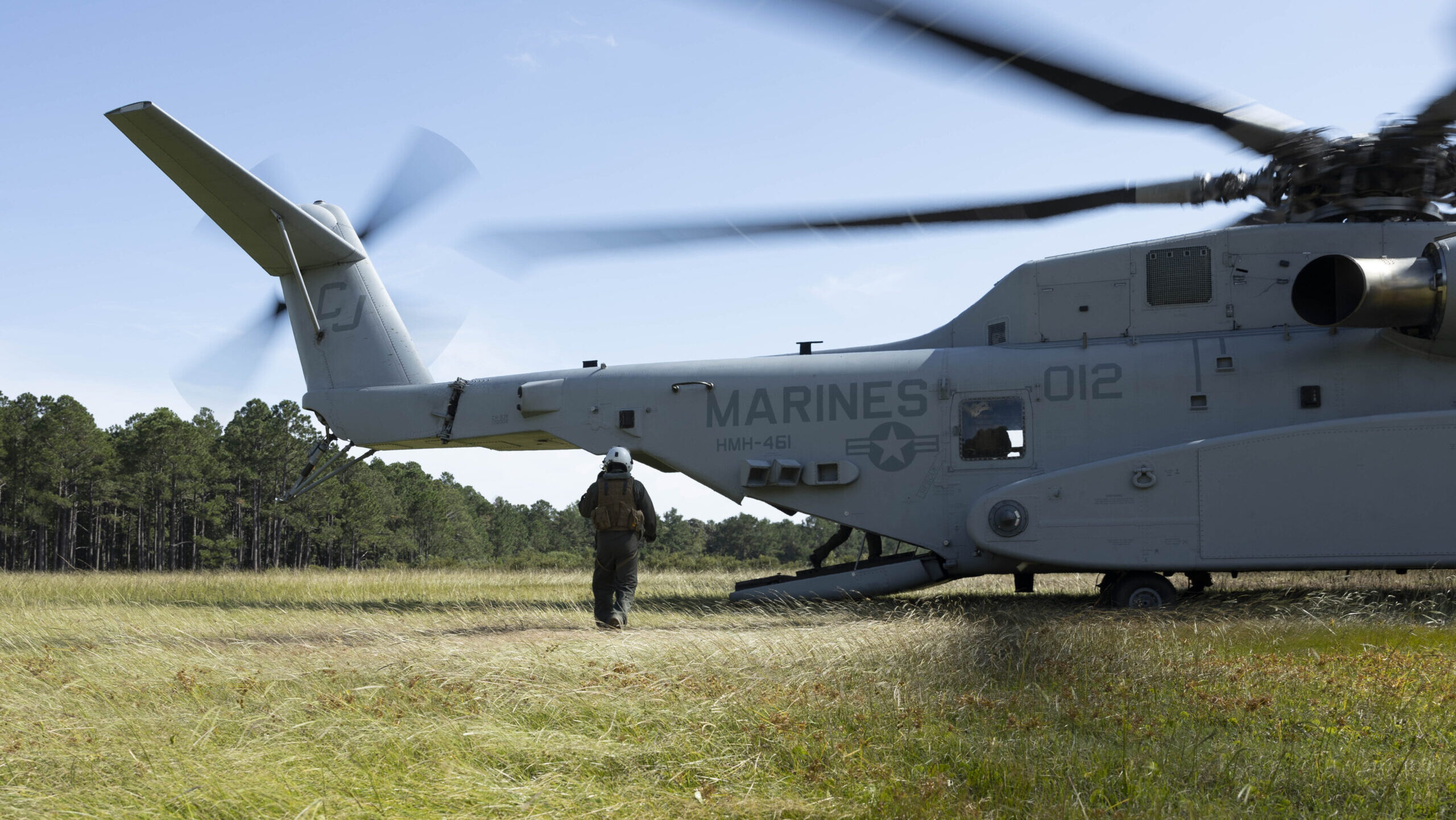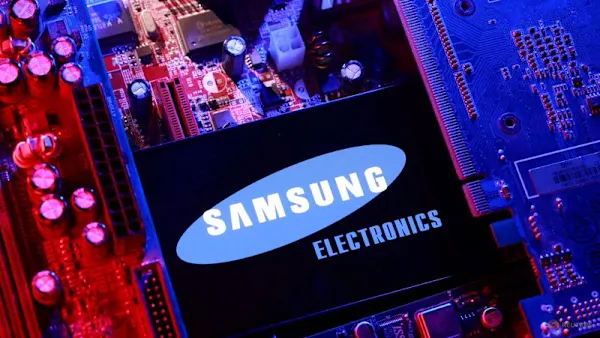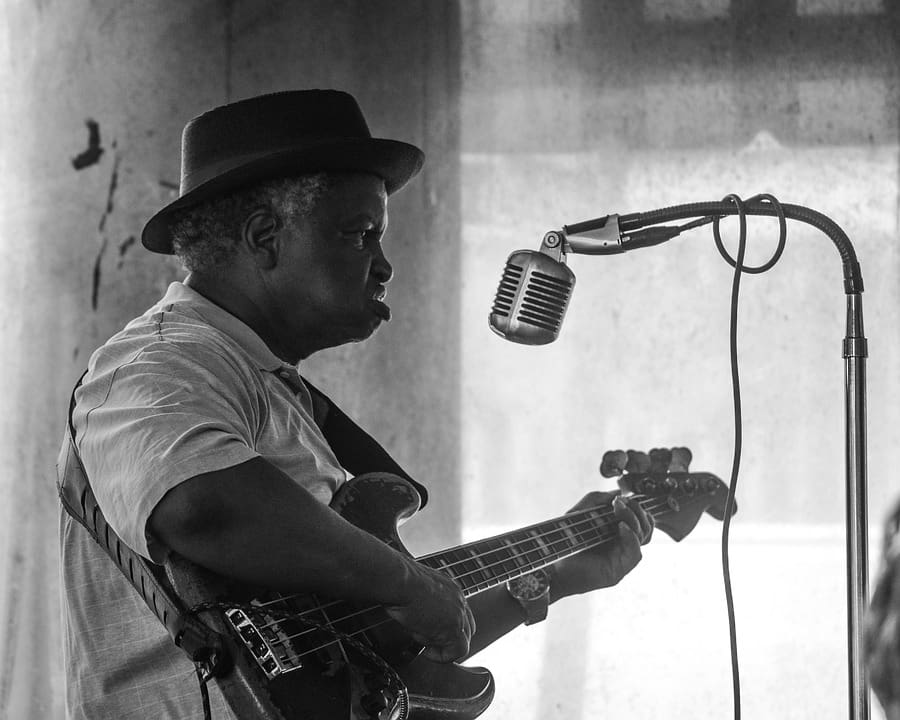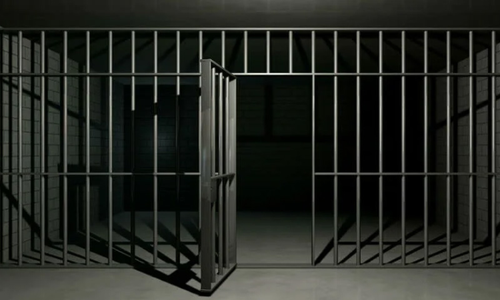Copyright Breaking Defense

This is the latest in a series of semi-regular columns by Robbin Laird, where he will tackle current defense issues through the lens of more than 45 years of defense expertise in both the US and abroad. The goal of these columns: to look back at how questions and perspectives of the past should inform decisions being made today. As the Marine Corps celebrates its 250th anniversary this week, I find myself thinking about how one particular unit seems to embody the living legacy of the Marine Corps, a commitment to innovation that flows from the ground up, not just from headquarters down. My first encounter with the 2nd Marine Air Wing came in 2007 aboard HMS Invincible, flying in on an Osprey. Since then, I’ve made regular visits to their three airbases — Cherry Point and New River in North Carolina, and Beaufort in South Carolina — documenting a profound strategic pivot. Over the past decade, I’ve watched the 2nd Marine Air Wing transform itself from a counterinsurgency force into something far more formidable: A technologically advanced, highly adaptable aviation unit ready for distributed maritime operations against peer competitors, with a focus that has shifted from the deserts and mountains of Iraq and Afghanistan to the High North. This isn’t just a change of scenery but rather it’s a complete reorientation toward contested environments where every assumption about logistics, mobility, and survivability must be rethought. Four platforms are driving this transformation: The MV-22 Osprey redefined assault support, combining helicopter versatility with fixed-wing speed and range. It enabled entirely new operational concepts, like the Special Purpose MAGTF and distributed operations spanning vast distances that would have been impossible with conventional helicopters. The F-35 Lightning II provides more than fifth-generation lethality. It functions as a network-enabled sensor platform, a “wolfpack” that enhances the effectiveness of the entire joint and allied force through unprecedented battlefield awareness. The CH-53K King Stallion represents a generational leap beyond its predecessor: a digitally native heavy-lift platform with dramatically improved performance and maintainability. The KC-130J Super Hercules serves as the essential enabler, providing lift, aerial refueling, and fire support through the Harvest Hawk system. It’s become one of the most innovative support aircraft in military aviation. These platforms aren’t just new equipment: they demand new thinking. Concepts like Expeditionary Advanced Base Operations (EABO) and Distributed Aviation Operations (DAO) require agile, mobile support structures. The traditional roles of aviation ground support and command and control units are being fundamentally reshaped. Innovation From The Bottom Up But the most revolutionary changes aren’t happening in cockpits. They’re happening in maintenance bays, logistics chains, and in the minds of young Marines on the flight line. Lt. Gen. William Swan, a recent 2nd MAW commanding general and now Deputy Commandant of Aviation, captured this with his “more cowbell” philosophy, named after the famous Saturday Night Live skit. He literally distributed cowbells to Marines who developed creative solutions to persistent problems. This wasn’t a gimmick; It was recognition that innovation must come from those closest to the problems. “The Marines want to do a great job, and they want to be better,” Swan told me. “They want to win.” This bottom-up approach reflects the broader shift toward mission command empowering junior personnel to solve problems and make decisions rather than waiting for direction from above. In a contested environment against peer adversaries, this cognitive agility at the lowest levels becomes a decisive advantage. Throughout this decade of transformation, one principle has remained unwavering across every commanding general: Everything exists to support the Marine on the ground. Every technological advancement, every tactical innovation, every operational concept must ultimately make Marines more effective and more likely to survive. This isn’t rhetoric. It’s the organizing principle that connects the F-35’s network capabilities to the rifleman’s tablet, that links the KC-130J’s aerial refueling to extended patrol ranges, that turns the Osprey’s speed into survivability for those it carries. The Marines at 2nd MAW continuously rework what a ready force means for the nation. They prepare, train, deploy, risk their lives, and serve. They adapt legacy platforms like the Viper helicopter while mastering revolutionary new systems. They turn support aircraft into combat multipliers and heavy-lift helicopters into precision instruments. Defense transformation isn’t about disruption for its own sake. It’s about mastering new technology and techniques into realistic operational concepts. That’s what I’ve witnessed at 2nd Marine Air Wing, which is a living laboratory where innovation meets operational necessity, where new platforms are transformed into warfighting capability through the ingenuity and commitment of individual Marines. I’ve documented these efforts in my book, 2nd Marine Air Wing: Transitioning the Fight Tonight Force, available on Amazon. It’s my way of honoring the many Marines I’ve interviewed and bringing their stories to a broader audience. They embody what focus, commitment to excellence, and relentless innovation look like in practice. They are Marines.



